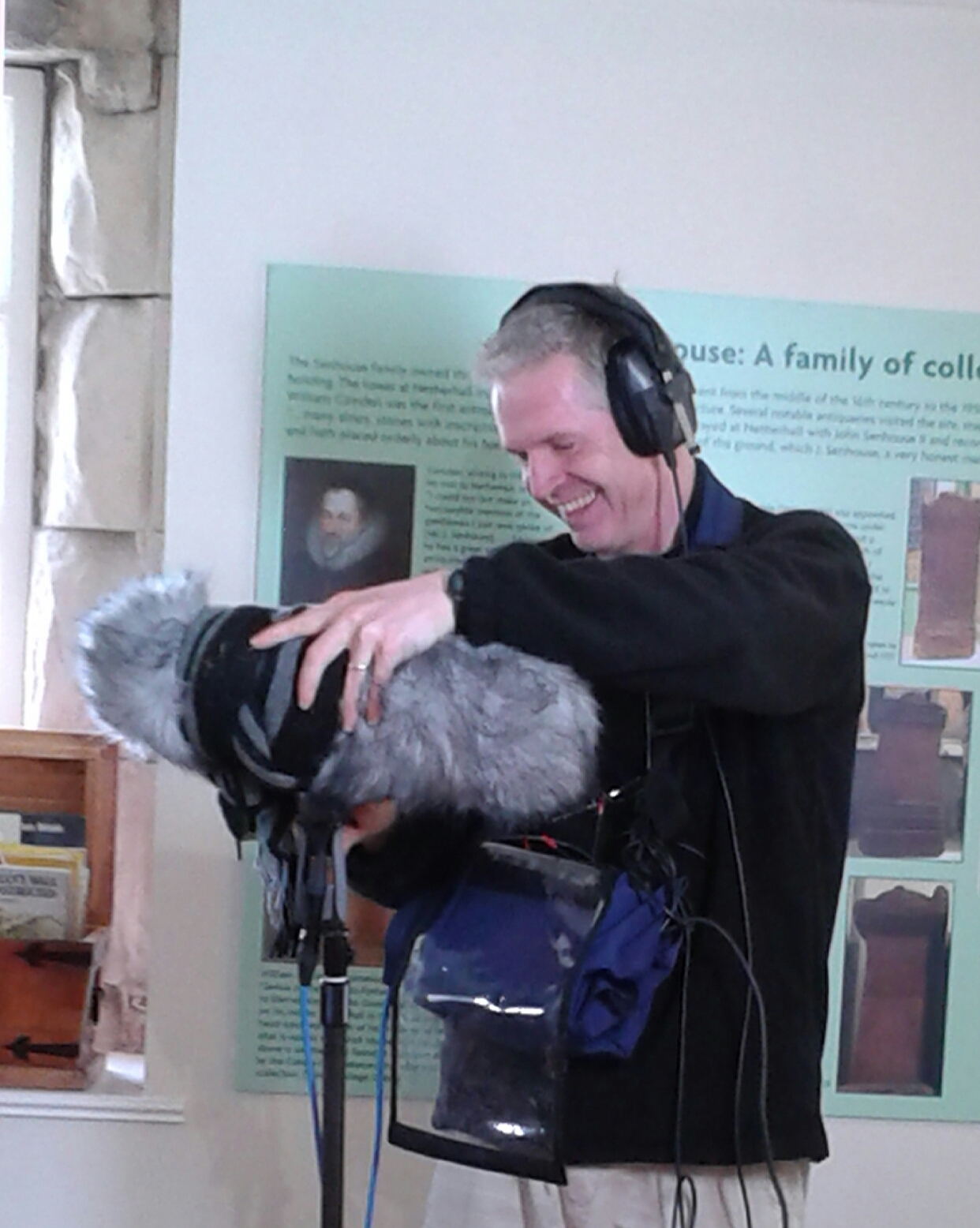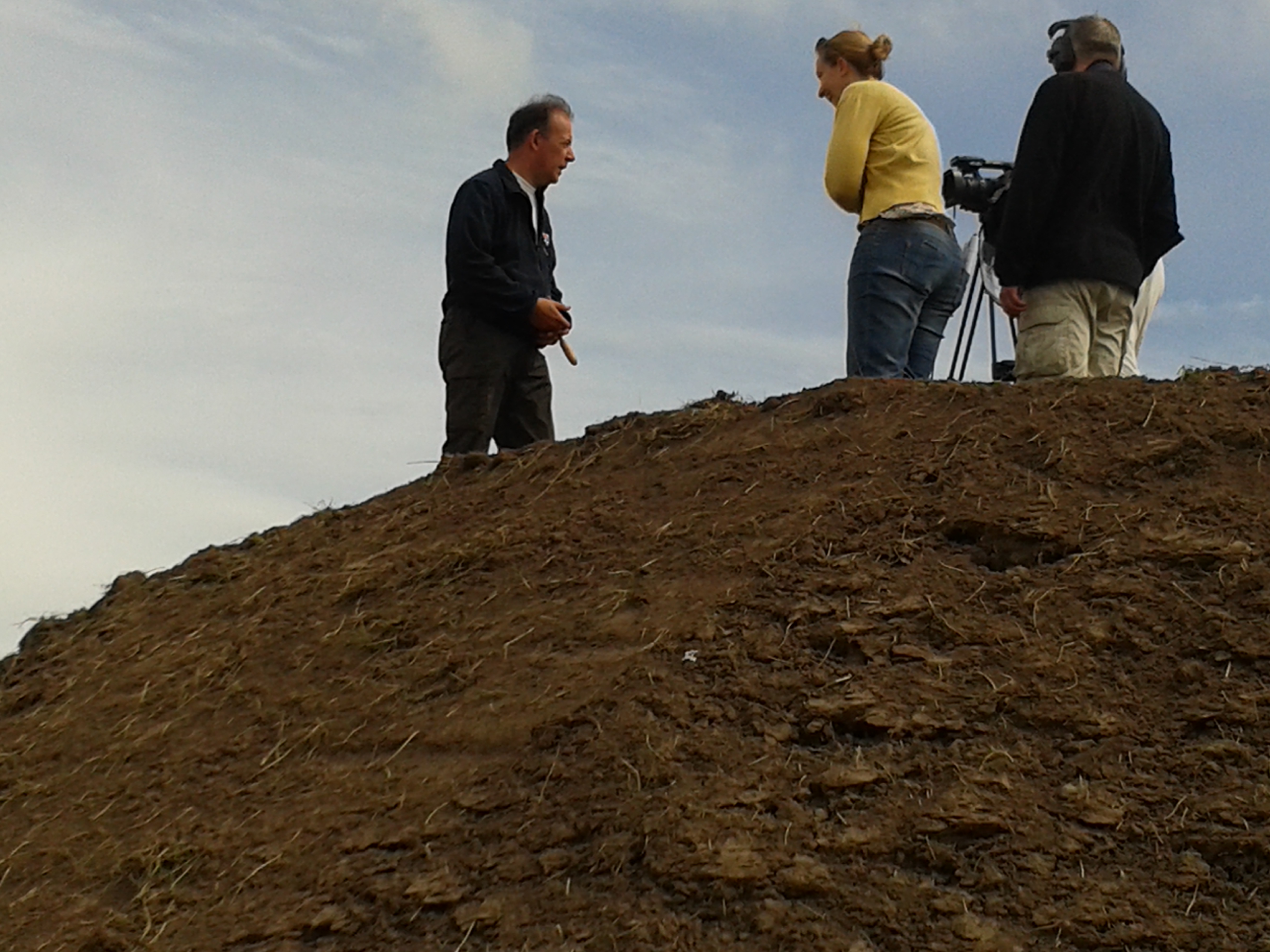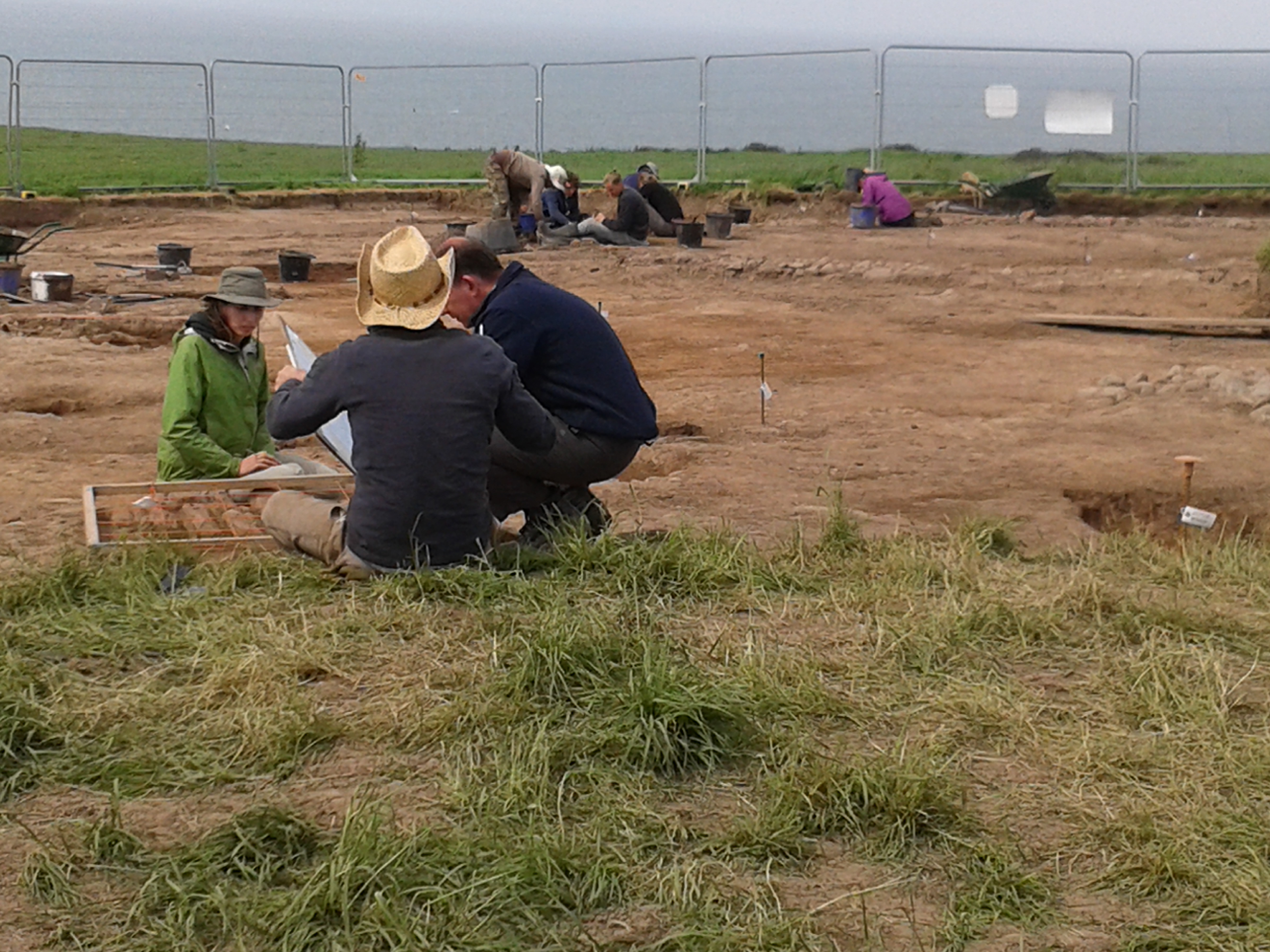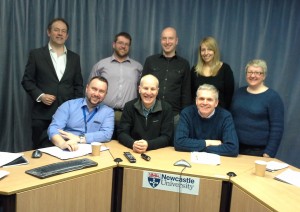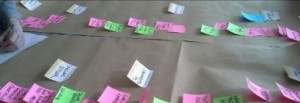The FutureLearn Challenge
One of the challenges of developing a course in FutureLearn is ensuring the content and activities engage rather than overwhelm your audience. The participants have no exam to pass and they haven’t paid a fee. They will have varied education background and different levels of English. Some may be approaching the subject for the first time, others may have a great deal of knowledge. They can leave the course at any time with no repercussion and the only thing likely to keeping them on task is intrinsic interest in the subject.
We know from the statistics we see from FutureLearn that If a video is too long, if a step requires too much scrolling, or if a week has too many steps (more than 20) you will lose a good chuck of your audience. At the same time, we want to facilitate deeper understanding and do justice to the complexity of the material.
Ian Haynes, the course leader for Hadrian’s Wall now views the challenge as ‘making every second count’. Rob Collins, working on the same course, describes it as, not dumbing down, but ‘distilling the essence of the learning, like making educational vodka’.
Educational vodka Recipe Ideas
We are very much still learning but we think the following can help:
- Signposting and calls to action. The learner (participant) needs to know what is coming and what is expected of them. FutureLearn often mention ‘Calls to Action’, which in marketing terms is what viewers need to do (sign up or buy something). In FutureLearn make it explicit that the learner should read the article, watch the video and them discuss what they have learnt, take the quiz, or do something with the information
- Focus on the key learning outcomes (this will help plan activities). At the same time make sure they are initially presented more like a documentary TV series, with “hooks” and possibly even a 3 act structure. Documentaries start by capturing the viewers’ attention, creating curiosity as a teaser for the rest of the series. Why did they build Hadrian’s Wall? What was it for? How might the skull have been found in the ditch etc. What are the obstacles to answering these questions? In Act 2 of a documentary, the protagonist attempts to resolve the problems, before a resolution in Act 3. It is interesting to think who the protagonist could be in a MOOC. It could be the teacher, academics, the discipline, or the subjects of a study (eg the Romans and Barbarians), but would it be more engaging if it is the learner (participant) who faces the challenges and overcomes at least some of the obstacles themselves?
- Journalists use Inverted pyramid writing, presenting the eye catching important information, and the “who, what, when and where” first, and the detail further down.
- Less is more. Keep articles and videos as short as possible. In essence, what does the learner know at the start and what do they need to do/discover to get to the next level of understanding?
- Balance of activities and engagement. Make sure that there are steps within activities that allow the learners to discuss, self-test or do something. Provide prompts in the form of questions that encourage reflection
Making the Most of the Steps You Have
- Each week’s content in FutureLearn is broken into activities which themselves consist of a series of steps. Each activity starts with an image and 230 characters which does not itself count as a step. Use these 230 characters to introduce the content and hook the learner
- You shouldn’t put all the answers in the text and videos. The aim is for the learner to engage with materials (not passively receive all the answers). You can gradually reveal information through well facilitated discussions, whilst giving learners the opportunity to interpret evidence you give them, or show off their knowledge if they are more expert. If they make mistakes, that is part of the learning. Other learners as well as moderators can help the best answers float to the surface and steer others back on track. Peer reviews can serve a similar function
- Articles and video steps can have additional files (pdfs) attached as well as links to websites. This can be a great way to give extra information to people who may be interested in finding out more. They should not be used for core material
- There are weekly emails sent to participants as the course runs. These can be more responsive to learners, again offering links to answers or further opportunities
- You could keep an external blog that runs during the course to provide additional information
- Live events that take place during the course (eg Google Hangouts) not only provide a sense of interaction between learner and facilitator, they can provide additional content and learning as well. For one Hadrian’s Wall challenge, we are considering using a live event as a ‘reveal’ for an activity with a debate.
- Quizzes are 1 step in the platform, but have an introduction page and can have further information and images as part of each question. Could an article be reformatted as an interactive case study style quiz? Could this be a more digestible way of working through the content, checking understanding as you go?

